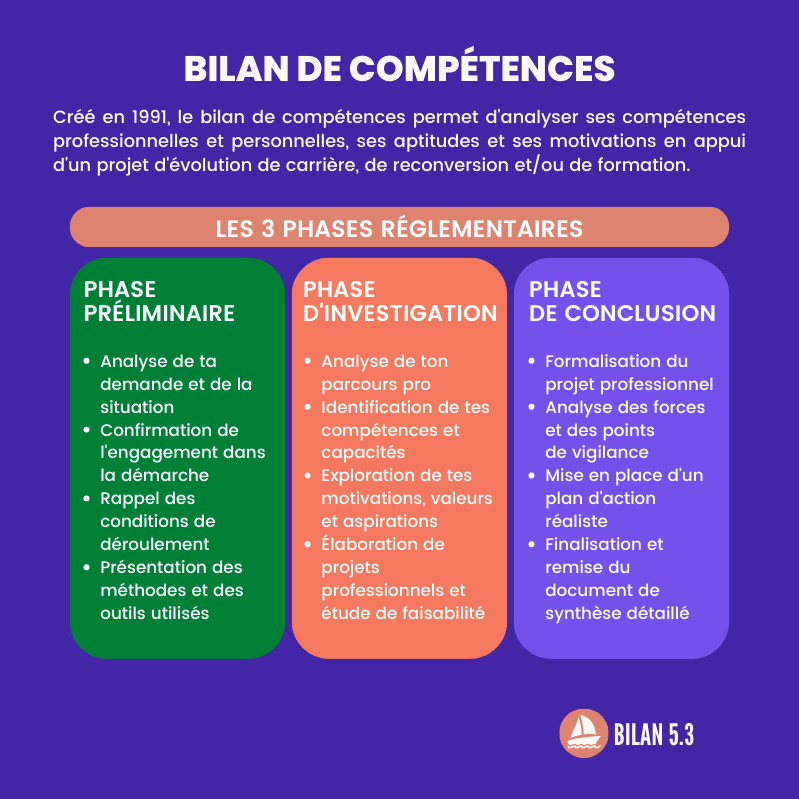Back pain does not spare anyone. They can occur during a violent and unusual effort – resuming tennis or gardening – making a wrong movement or when the back is too strained. Wearing a lumbar belt is therefore recommended in acute pain such as sciatica, but also in chronic pain, and for prevention.
By supporting the lower spine, it rests the muscles and forces you to adopt a good posture, for example bending down by bending the legs. Nine times out of ten, it is prescribed by a doctor (rheumatoid or general practitioner), in addition to drug treatment that relieves pain, or physiotherapy sessions, and reimbursed. “In case of acute pain, we wear the belt all day, but never at night”, explains Dr Xavier Grapton, rheumatologist.
Back support
After the painful period (a few days to a few weeks), you have to force yourself to give it up gradually – two hours a day, then longer and longer – so as not to become dependent and to maintain your back muscles. “When you’re fragile, you can put it on preventively (before a long car trip, for example)”, adds the specialist.
There are different models, more or less rigid, more or less high … To choose the right one, it is better to follow the doctor’s advice. Lumbar belts are not recommended for groin hernias. In the elderly, they should be used sparingly, as immobility of the back promotes muscle wasting and bone decalcification.
Returning to sport after lumbago
If you are prone to “backache”, that is, low back pain, you live in fear of wrong movement and pain. You therefore postpone the moment to resume sport. At the time of the seizure, the doctor advised you to put your lumbar vertebrae to rest. But a week after recovery, you have no reason not to resume your physical activity, even if it means changing it if yours is particularly exposing you. This is the case with asymmetric sports such as tennis. The practice of judo is recommended, because it is one of the sports that teaches it the best.











